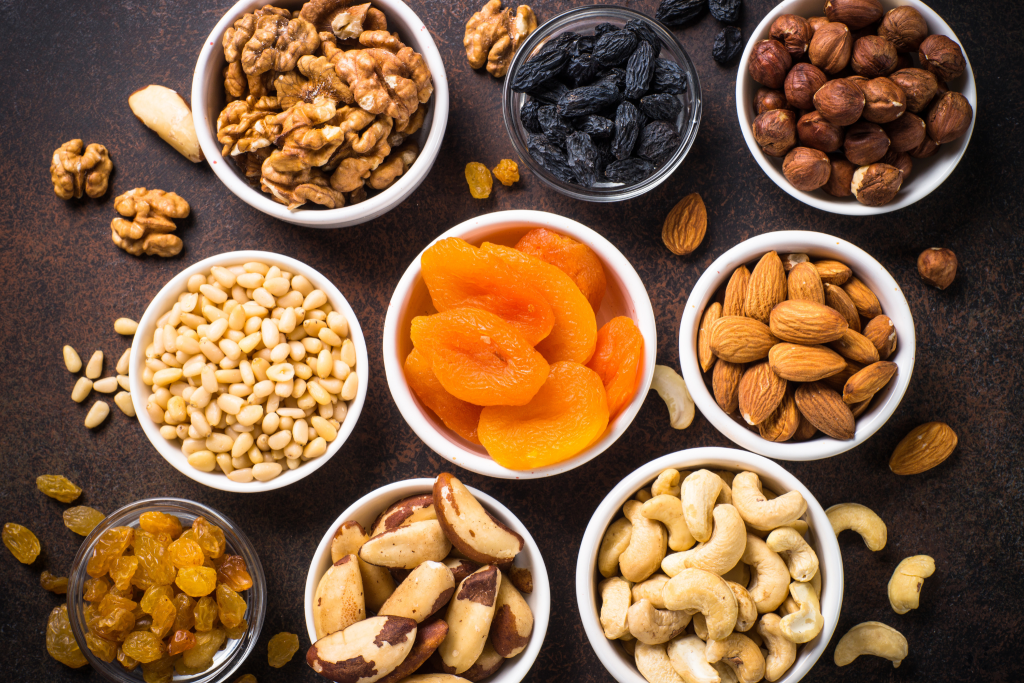Dried Fruits: Sweet & Healthy, Gen Z Style 🌟
Dried fruits are not just simple snacks—they’re packed with essential nutrients and health benefits. While the drying process can concentrate sugars, they’re still natural and come with fiber, potassium, and a low glycemic index, perfect for fueling busy days. Think heart health support, skin health due to their antioxidant content, and steady energy for your next adventure or content creation session. Best part? Portable and long lasting.🌱✨
Several misconceptions have perpetuated the idea that dried fruits may be less healthy than their fresh counterparts
There are common misconceptions suggesting that dried fruits may be less healthy than their fresh counterparts. A significant factor contributing to this misunderstanding is the practice of comparing their nutritional content on a weight-for-weight basis, such as per 100 grams. This method can be misleading because dried fruits have had most of their water content removed, resulting in a more concentrated form of the fruit. When compared this way, the sugar content of dried fruits appears disproportionately high, leading to mixed messages about their nutritional value.
Dried fruits don’t have more sugar content or calories than fresh fruits
However, dried fruits do not inherently have more sugar or calories than fresh fruits. The concentration occurs because of water loss, not because sugar is added (in the case of unsweetened dried fruits). For an accurate comparison, serving sizes should be considered rather than weight alone. For instance, 100 fresh grapes are nutritionally comparable to 100 raisins, but comparing 100 grams of each would misrepresent the values because of the difference in water content.
A serving size of dried fruit (typically 30-40 grams) corresponds to about four times the weight of the fresh version, though exact comparisons vary by fruit type and drying method. When evaluated properly, dried fruits and fresh fruits are nutritionally equivalent in terms of natural fruit sugars, calories, and fiber.
Moreover, research indicates that traditional dried fruits, like apricots, prunes, and raisins, have a low to moderate glycemic index (GI) and insulin index, similar to fresh fruits. Foods with a low GI are associated with a decreased risk of developing diabetes and can be beneficial in managing blood sugar levels in people with existing diabetes.



😍Benefits of dried fruits on health
Traditional dried fruits are a good source of several essential nutrients, especially potassium and dietary fiber. Potassium intake levels are low among most children and adults, becoming a substantial health concern, since increasing dietary potassium can lower blood pressure.😋
⚡️Additionally, high fiber diets are recommended to reduce the risk of cardiovascular disease, obesity, type 2 diabetes and various types of cancer. A 40g serving of dried fruit delivers approximately 10% of the recommended daily requirement for fiber, depending on the fruit, and dried fruit ranks among the top potassium sources in diets around the world.
What’s about you? Are you including dried fruits in your eating habits?🎉
Higgs J. (2016). Dried Fruit: Dispelling the Sugar myths. Nutfruit, Edition 68. Nº 2.










